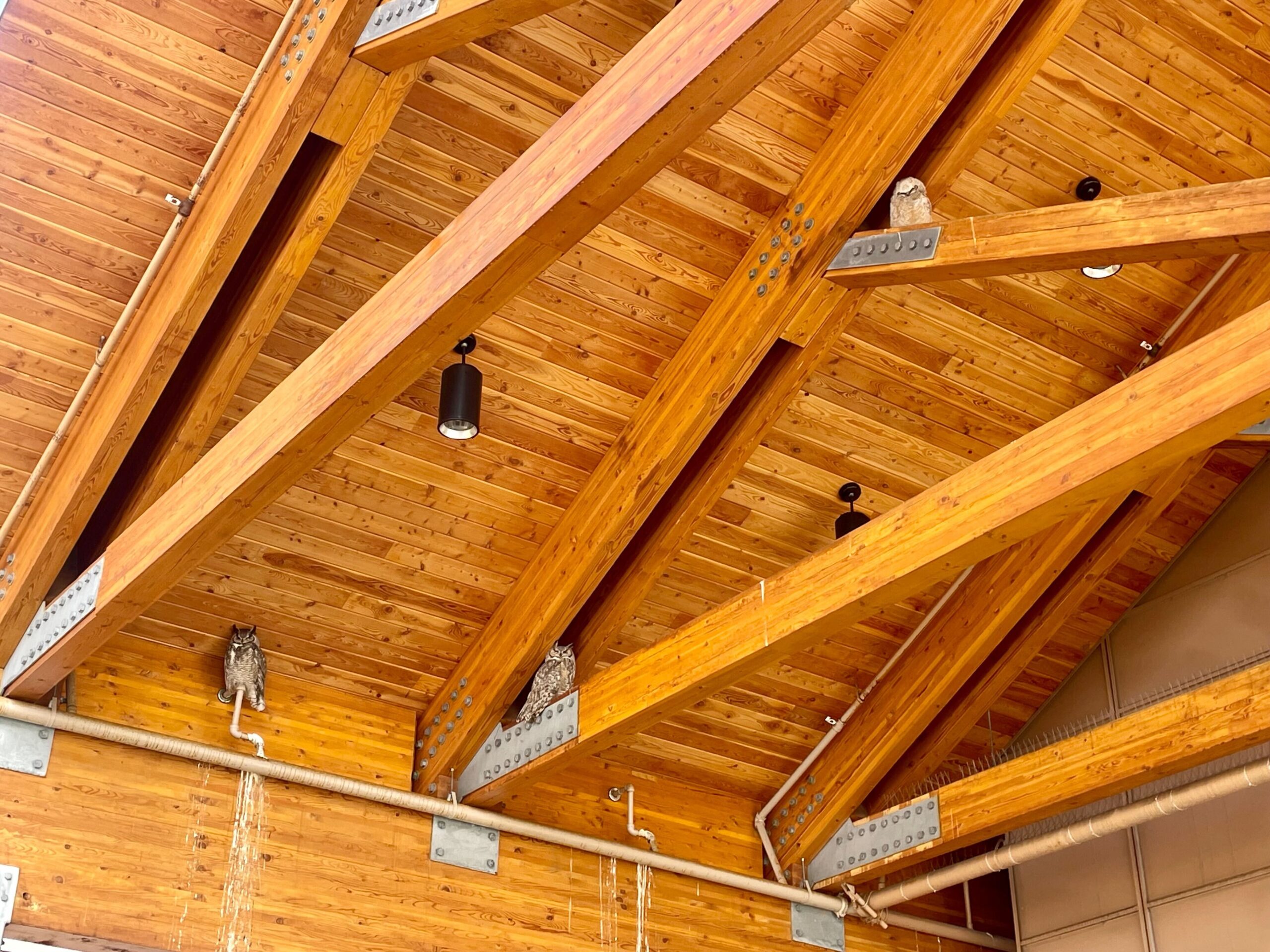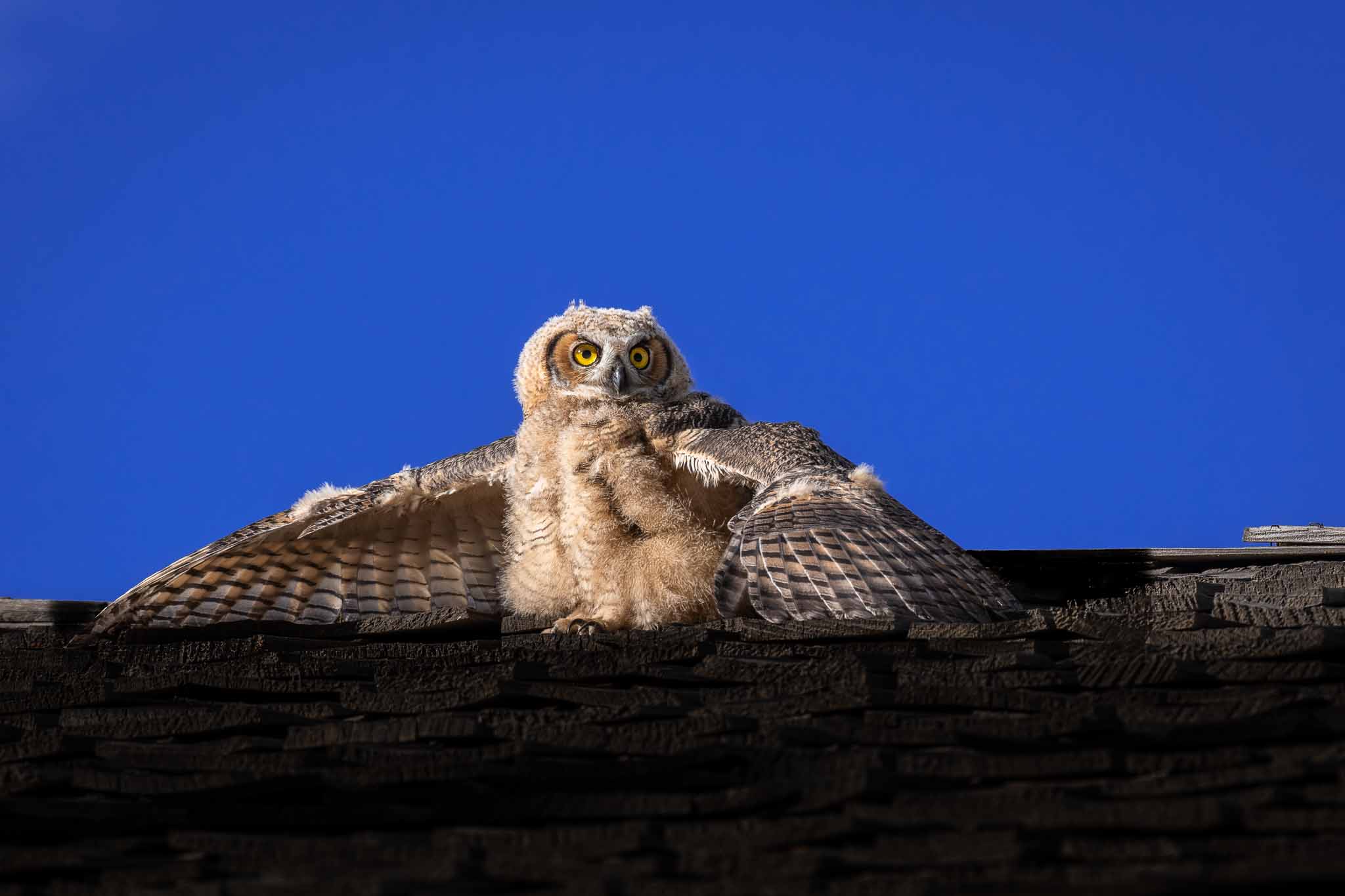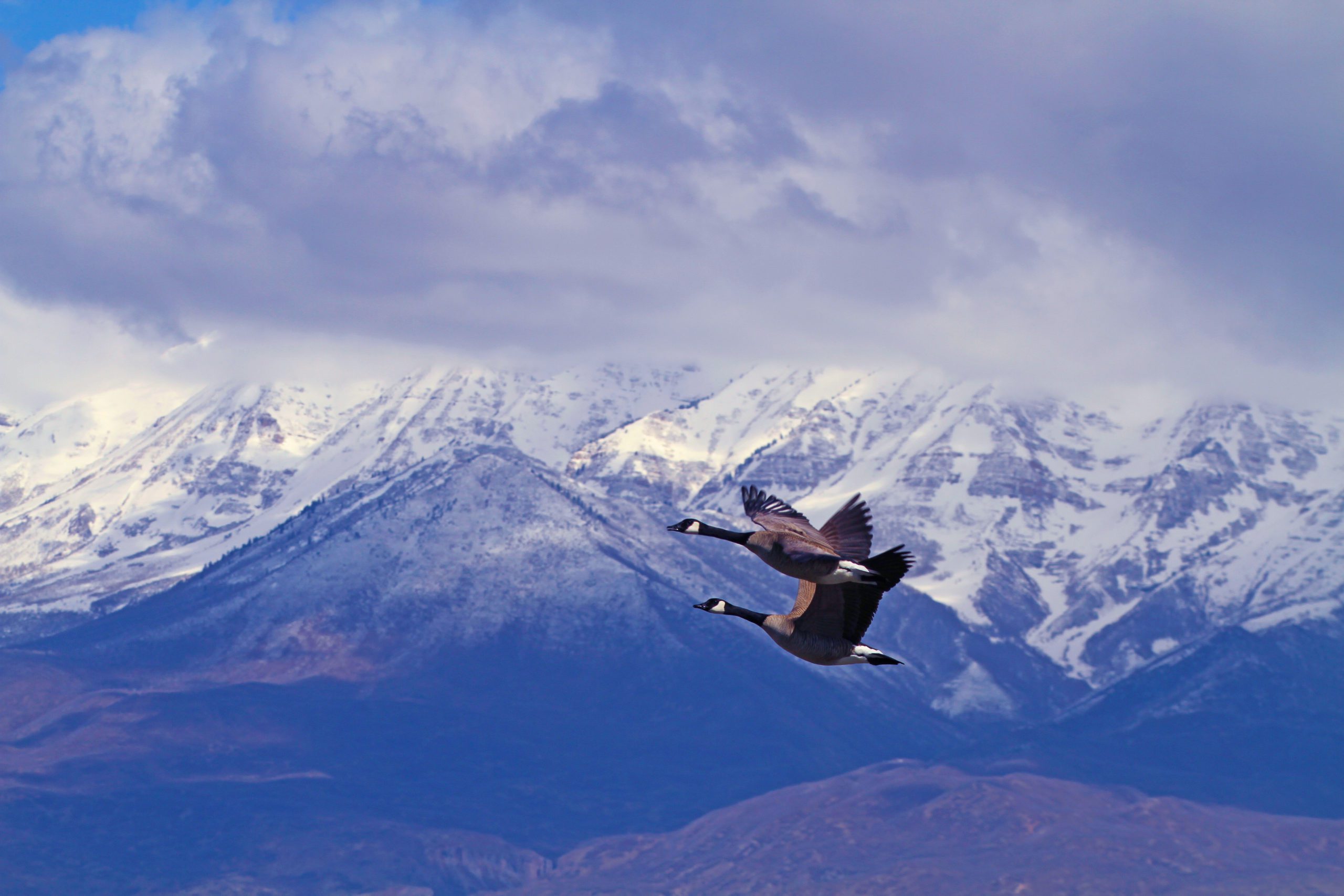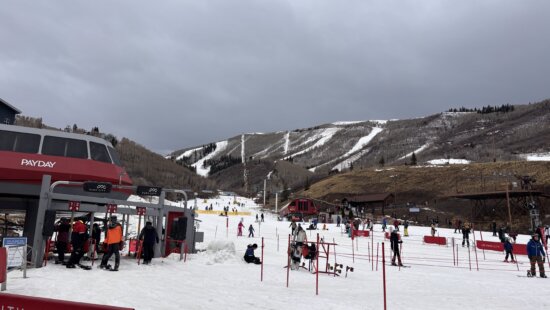Wildlife
Protect Utah’s young owls with these spring fledging safety tips
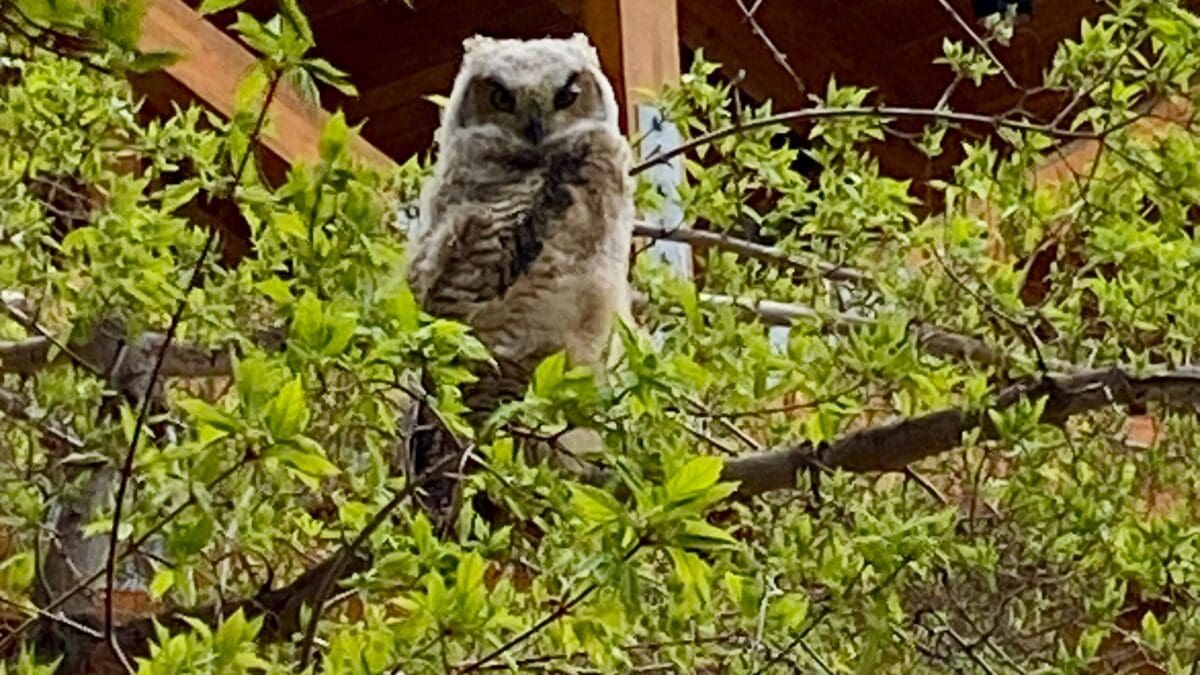
Great Horned Owl in a tree. Photo: TownLift // Michele Roepke
PARK CITY, Utah — Baby owls have hatched in Utah, and are now reaching the fledgling stage where they learn to fly.
This is not the easiest task for young owls, who sometimes fall out of the nest before they have the strength to get back into it. Here’s more information on what kinds of owls you may find in Utah, and what to do if you find a fledgling owl that has fallen from its nest.
Owls in Utah
The amount of time it takes for an owl to fledge depends on the species. The most common owl people will hear and see in our area is the great horned owl, which according to Cornell Lab of Ornithology, has a nestling period of five to seven weeks. This means they leave the nest after that time. Then it takes another three weeks for them to learn to fly.
In Utah you may also see burrowing owls, short-eared owls, northern saw-whet owls, northern pygmy owls, long-eared owls, flammulated owls, barn owls, boreal owls, spotted owls, great gray owls, and western screech-owls.
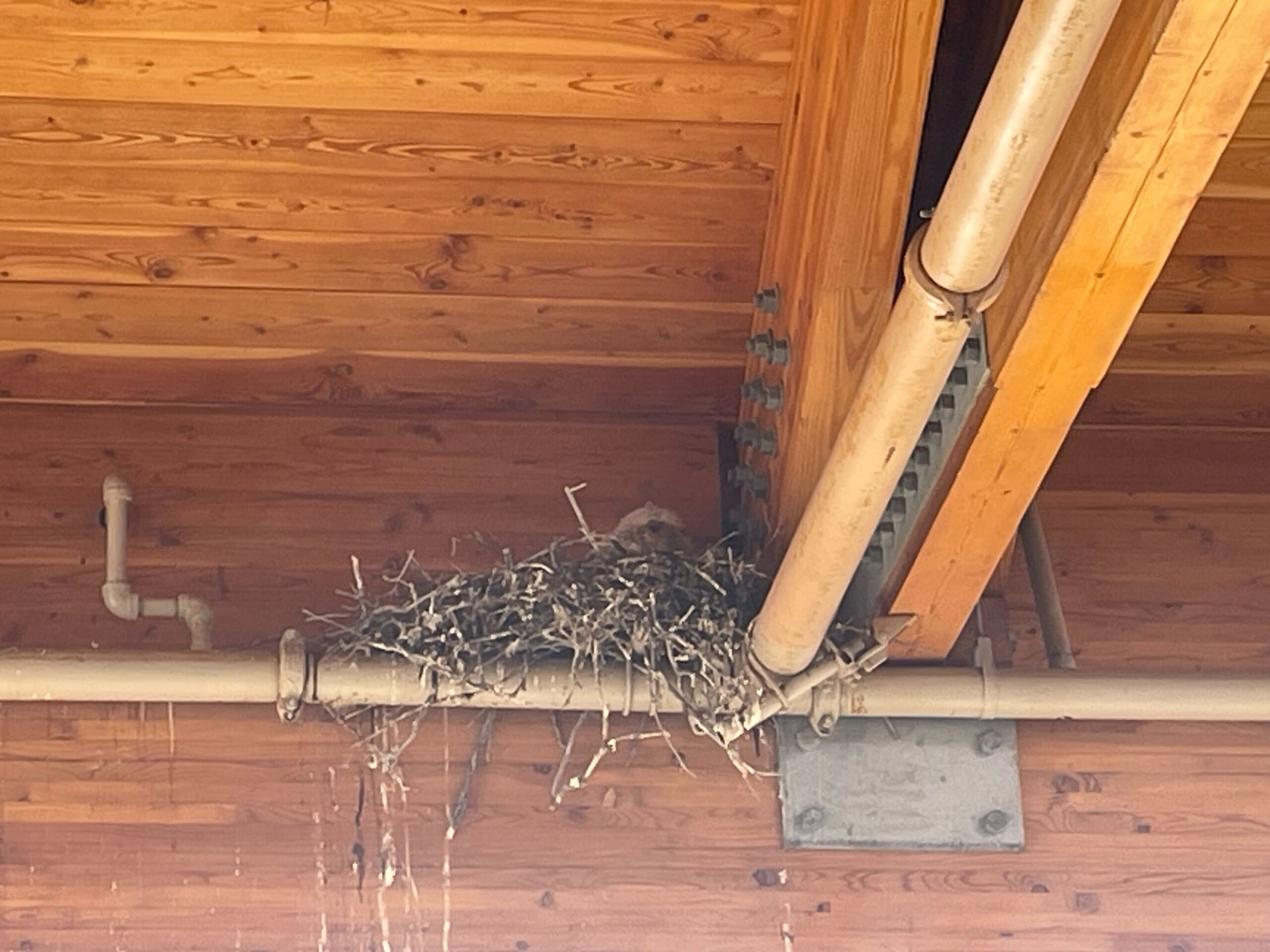
What to do if you find a baby owl
People tend to do more harm than good when trying to “help” wildlife that they assume is abandoned or injured. Oftentimes the parent is nearby, or the baby is learning how to live outside of the nest.
“Finding a baby owl is fairly rare, but if you do, follow the advice for finding any baby bird. My favorite flowchart is here from the National Wildlife Rehabbers Association,” said Rhea Cone, director of conservation at Swaner Preserve & EcoCenter.
When to call for help
If the owl is visibly sick, injured, or was witnessed being attacked by a dog or cat, then you should contact your local licensed wildlife rehabilitator. If it is clear that the baby has been abandoned, then it is also time to call a rehabber.
In the Park City area, you can call the Park City Hummingbird Hospital, which has expanded to take care of other birds and small mammals. Their phone number is (801)228-0831. Most wildlife rescue organizations are non-profits, so consider making a donation, if you are able to, when bringing wildlife to these rehabbers!
